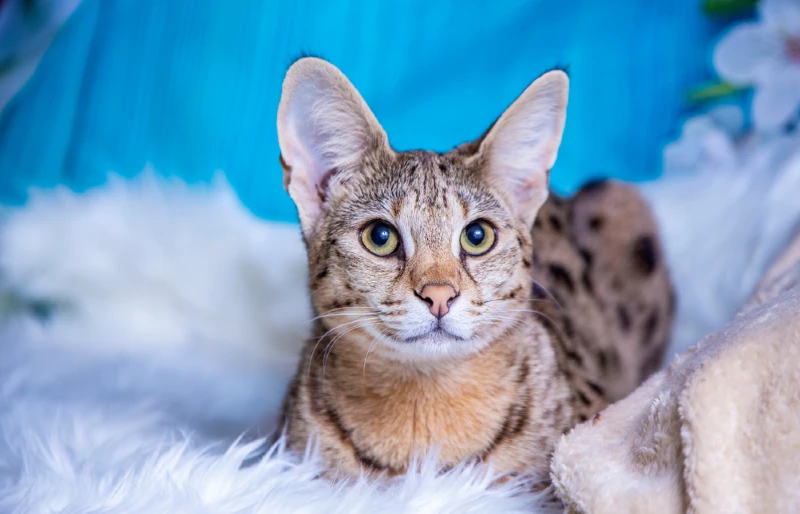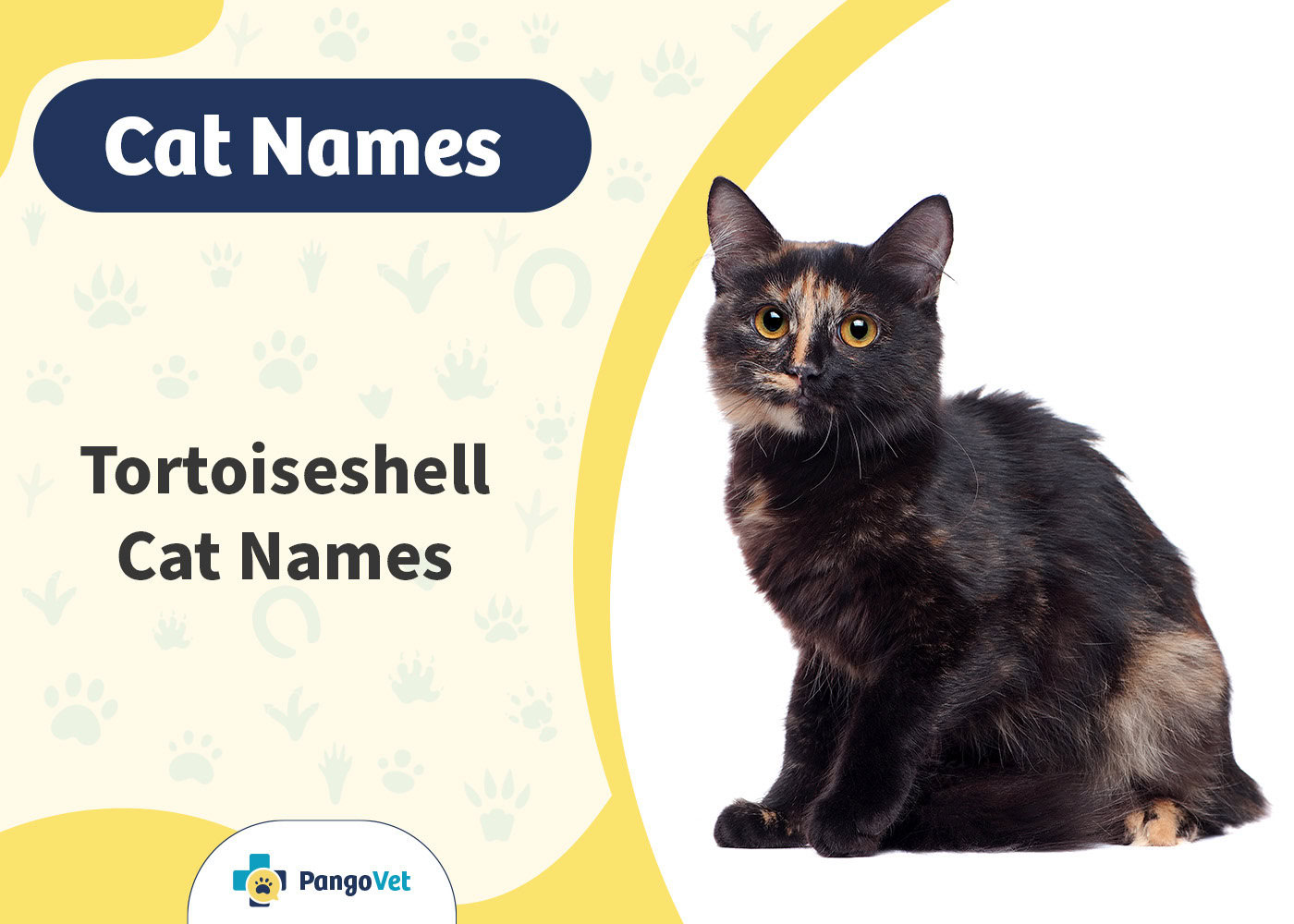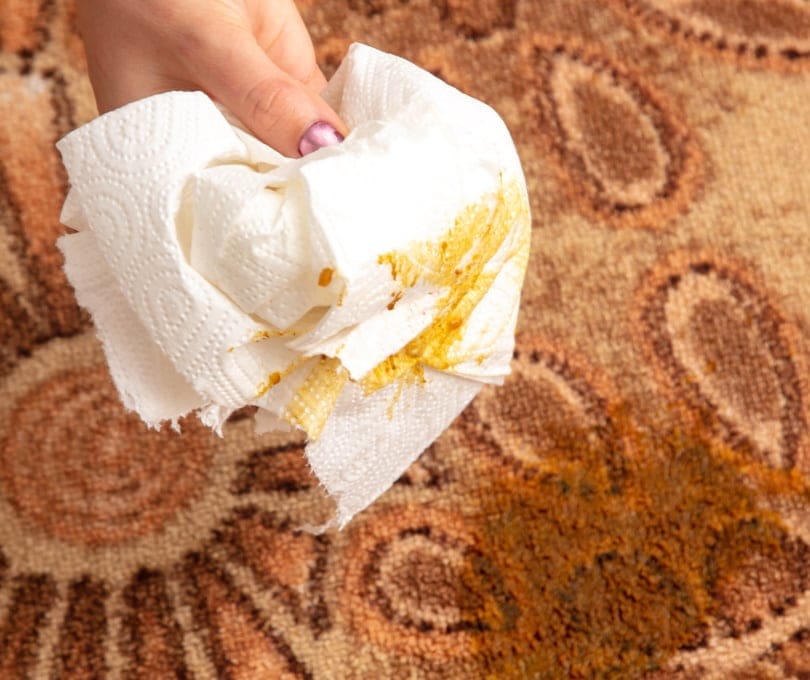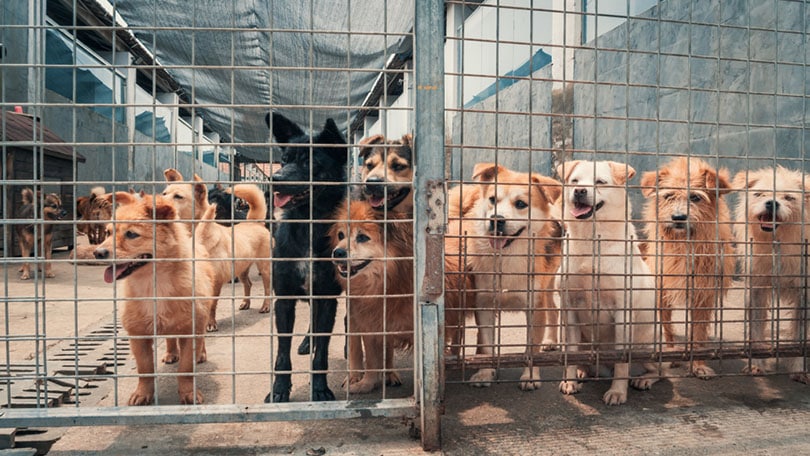VET APPROVED

The information is current and up-to-date in accordance with the latest veterinarian research.
Learn more »Click to Skip Ahead
When it comes to domestic cat breeds, there is a lot of variety to choose from. The Savannah cat, on the other hand, is one of the hybrid cat breeds that gained a lot of attention in recent years, due to their unique looks and the serious welfare concerns related to their breeding. These cats are known for their wild appearance and their high energy levels. But what about their size? How big do Savannah cats get?
The short answer is that Savannah cats can range in size, and the size of a Savannah cat will depend on a few factors, such as their generation and whether they are male or female. Keep reading to learn more about the size of a Savannah cat.
Breeding and keeping of Savannah cats is illegal or requires a special license in many countries and states, while the Cat Fanciers’ Association and International Cat Care, as well as other reputable animal organizations, do not recognize or support the creation of the breed due to known welfare and health implications.

Facts About Savannah Cats
The Savannah cat is a popular hybrid cat breed with a unique appearance and generally friendly personality. They are also known to be intelligent and curious. They are sometimes described as “dog-like” in their behavior. Savannah cats are playful and energetic, requiring lots of space to climb and jump around.
They also love spending most of their time outdoors instead of indoors. However, their outdoor space should be spacious and secure, as they can easily wander off. Another fun fact about Savannah cats is their love of water. They also have lifespans of 12 to 17 years, while some individuals can get to 20.
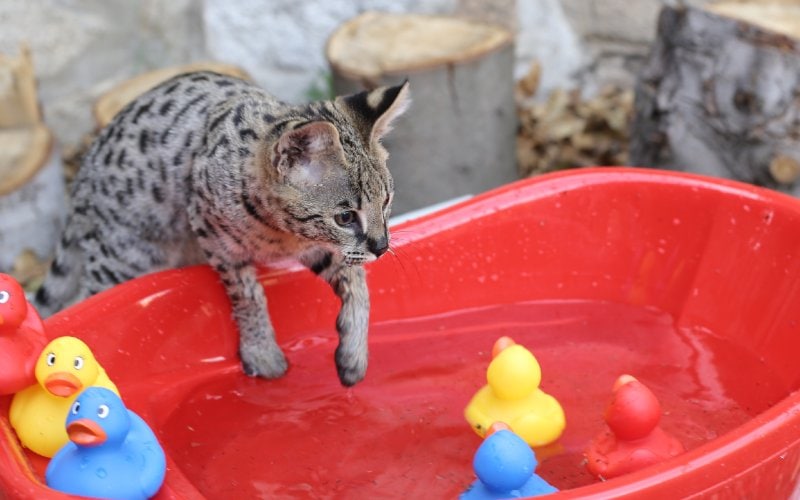
Savannah Cats Size and Growth Chart
The average size of a Savannah cat will greatly depend on the generation. The lower the generation, meaning the closer they are to their wild ancestor, the larger the cat will be. They also come in different sizes based on their gender, age, genetics, diet, and environment.
Males tend to be a fair bit larger than females, and once they reach their mature age, around 2-3 years, they stop growing altogether. Below is an approximate tabulated chart that shows the varying sizes of savannah cats from 3 months to 2 years.
Please note that the values provided in this chart are only approximations and may vary greatly between individual animals. This is because there is very limited descriptive information available on the size of the various individuals, depending on the generation and their gender, among other factors.
| Age | Weight Range | Length Range |
| 3 Months | 2.8–9.7 lbs (1.3–4.4 kg) | 8 to 10 inches |
| 6 Months | 5.7–14.3 lbs (2.6–6.5 kg) | 8 to 16 inches |
| 9 Months | 6.8–17 lbs (3.1–8.0 kg) | 10 to 16 inches |
| 11 Months | 7–19.8 lbs (3.3–9.0 kg) | 10 to 16 inches |
| 1 Year | 7.3–20 lbs (3.4–9.5 kg) | 10 to 18 inches |
| 2 Years | 8–25 lbs (3.6–11 kg) | 10 to 18 inches |
When Does a Savannah Cat Stop Growing?
Savannah cats may continue growing and developing until around 2 years of age, while this can be closer to 3 years in some individuals. Generally, the skeleton and majority of growth finishes around the 2-year mark, while the muscle mass and filling in may take a little bit longer, as well as overall maturation. However, this often varies from one cat to another due to genetics, gender, generation, diet, and environment.
Factors Affecting the Size of a Savannah Cat
As we’ve already discussed, the size of a Savannah cat can be affected by several different factors. These include generation, gender, diet, environment, and genetics. It is important to note that even though a Savannah cat’s size may be affected by several factors, there is no guarantee that a cat will reach a certain size.
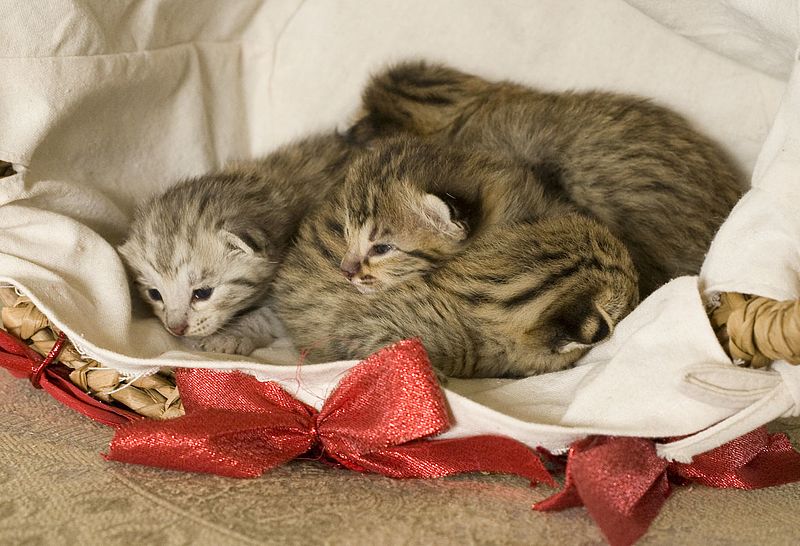
Ideal Diet for Maintaining a Healthy Weight
The ideal diet for a Savannah cat is high in protein, moderate in fat, and low in carbs. Many commercial cat food brands make food specifically for Savannah cats, ensuring they get the nutrients they need without consuming excess carbs.
Savannah cats need to maintain a healthy weight, which helps safeguard against many serious health problems. Obesity can predispose to diabetes, joint and mobility problems, breathing issues, and urinary problems, as well as lead to a decreased lifespan.

How to Measure Your Savannah Cat
There are three main ways to measure a Savannah cat: a soft measuring tape, the belly, and the withers method, depending on the reason for taking the measurement. Maybe you are investing in a cat harness or keeping track of your cat’s size in order to avoid them becoming overweight.
Using a Soft Measuring Tape
The most accurate and reliable way to measure your Savannah cat is by using a soft measuring tape. This soft tape is typically used by tailors and can be found at most craft stores.
Start by measuring the cat’s length from the nose to the end of the tail. You can also measure the cat’s height as well as weigh them.

The Belly Method
This method measures the cat’s belly. To do this, wrap a string or ribbon around the cat’s belly at its widest point and mark the string where it meets their fur. Then, measure the marked area with a tape or ruler. This measurement in general may not be very useful, unless you think your cat’s abdomen is getting bigger, in which case you should consult a vet. Another reason to measure their belly is if they need a pet suit to prevent them from licking a certain area after a surgical procedure.
The Withers Method
This method is used to measure the animal’s height. Start by measuring from the ground up to where the cat’s shoulders meet. Then, measure the cat’s height at the withers, the highest point of the cat’s shoulders.
It is important to take multiple measurements to ensure accuracy and record them for future reference. Measuring your Savannah cat with the right tools and methods should be easy.

Summary
Size is an important factor to consider when selecting a cat. However, there are other factors you should take into account. Savannah cats are a hybrid, and there are a lot of potential health and welfare concerns surrounding their breeding and keeping in the first place. These cats are used to a very active and dynamic lifestyle that includes roaming and the outdoors. By restricting them to an indoor environment, you may be preventing them from exhibiting their natural behaviors and living a fulfilled life, and they are at risk of developing health issues and undesirable behaviors. Also, please note that this hybrid breed is illegal or requires a special license in many states and countries around the world.
Related Reads:
- Are Savannah Cats Dangerous? What You Need to Know!
- F1 vs F2 Savannah Cat: Which One Is Right for Me?
- Savannah Cat: Info, Pictures, Temperament & Traits | PangoVet
- Everyone wants to buy a Savannah cat—but should they?
- Savannah – International Cat Care
- Savannah Cat Breed Health and Care | PetMD
- Savannah: Personality, Diet, Grooming, Training | Petplan
- What’s a Savannah Cat? Meet the Breed | ASPCA Pet Health Insurance
- Savannah Cat Size
Featured Image Credit: Kolomenskaya Kseniya, Shutterstock
